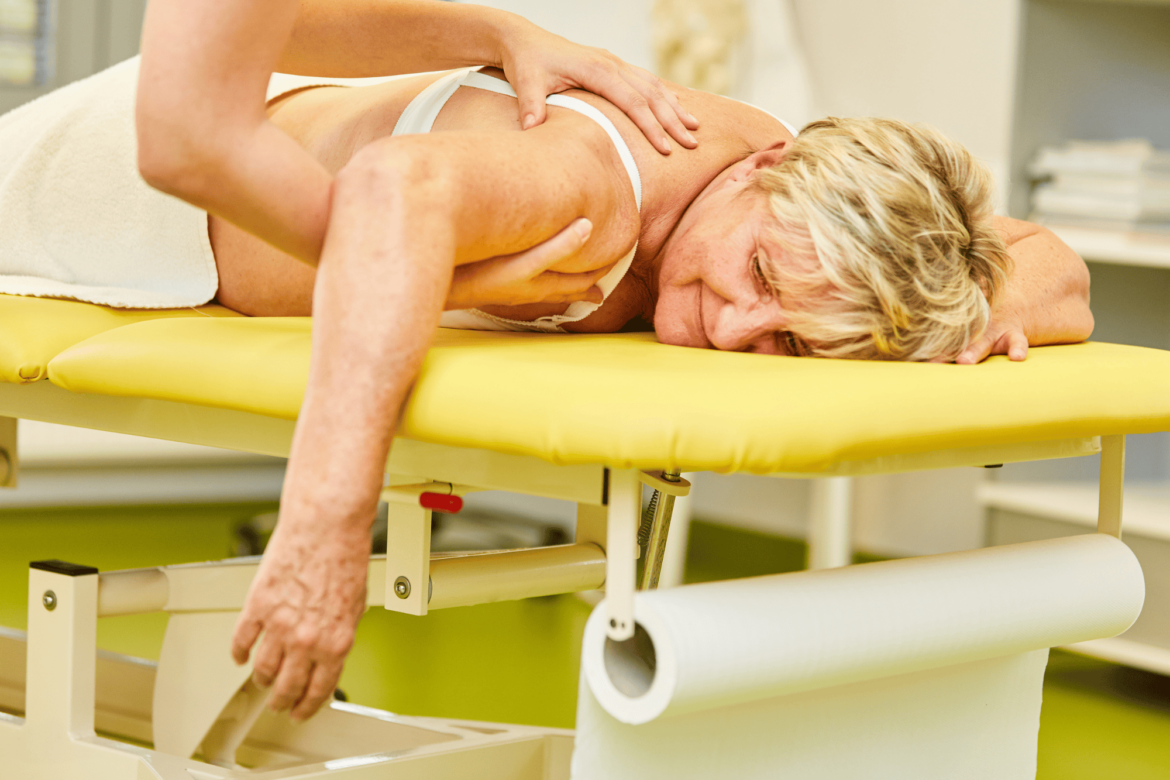Navigating the Road to Recovery After Rotator Cuff Repair
Rotator cuff repair is a common surgical procedure aimed at fixing tears of the rotator cuff tendons in the shoulder. The recovery journey can be challenging, but with the right approach and therapy, patients can regain great strength and functionality. This blog offers an insightful guide into the recovery process post-rotator cuff repair, highlighting key steps and tips to ensure a successful and efficient recovery. We will help you in navigating recovery after rotator cuff repair.
Understanding Rotator Cuff Repair
The rotator cuff comprises muscles and tendons that provide stability and mobility to the shoulder joint. Repairing these structures is crucial when they are damaged. The surgery can be arthroscopic or open, depending on the severity of the tear.
Immediate Post-Surgery Phase
The initial phase post-surgery involves managing pain and protecting the repair:
· Pain Management: Pain medication and ice packs are typically used to manage post-operative pain.
· Immobilization: The shoulder will be immobilized in a sling for a prescribed period to ensure proper healing.
The Role of Physical Therapy
Physical therapy is a cornerstone of recovery:
1. Early Stage: Initially, therapy focuses on gentle passive exercises to maintain joint mobility without straining the repair.
2. Intermediate Stage: Gradual introduction of active-assistive exercises helps increase shoulder mobility.
3. Advanced Stage: Strengthening and stability exercises are added to rebuild muscle strength around the shoulder.
Home Exercise Program
Adherence to a home exercise program is vital. These exercises complement in-clinic therapy sessions, aiding in a quicker and more complete recovery. Your therapist will progress your recovery depending on various factors (examples: pain levels, rehab protocol, passive mobility).
Pain and Swelling Management
Understanding how to manage pain and swelling at home is essential. Techniques include proper use of medications, ice therapy, and elevation to reduce swelling. Your physical therapist if trained can also perform lymphatic techniques in addition to other myofascial work to help reduce swelling and stiffness. It is important to remember each patient experiences pain differently, and the severity of pain post-surgery will also vary from patient to patient.
Nutrition and Lifestyle
A balanced diet rich in proteins, vitamins, and minerals can aid the healing process. Also, avoiding smoking and excessive alcohol consumption is crucial as they can impede healing.
Returning to Normal Activities
The timeline for returning to normal activities varies:
– Driving: Usually resumed once you’re off pain medications and can comfortably manage the steering wheel.
– Work: Depending on the nature of your job, you may return to work in a few weeks or months.
· Sports: Returning to sports depends on the extent of the repair and recovery; it’s typically several months post-surgery.
Long-Term Care and Prevention
Long-term shoulder health involves:
– Regularly performing strengthening and stretching exercises.
– Avoiding activities that put undue stress on the shoulder.
– Regular follow-ups with your healthcare provider.
Recovery from rotator cuff repair is a gradual process that requires patience, dedication, and adherence to prescribed therapies. With the right approach, most patients can expect to regain significant function and return to their daily activities. Remember, every individual’s recovery journey is unique, and it’s essential to follow the guidance of your healthcare providers throughout this process. With this blog we hope that navigating recovery after rotator cuff repair will be made easier for you.
Looking for more information on rotator cuff repair rehab? Schedule an appointment with one of our skilled therapists today!

